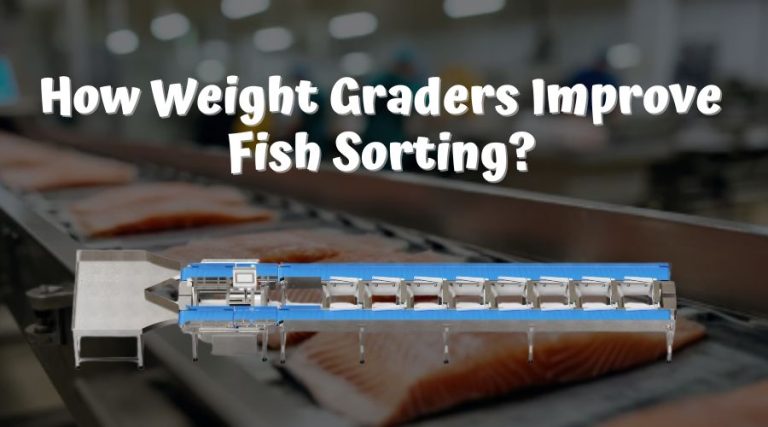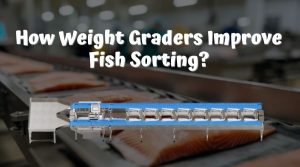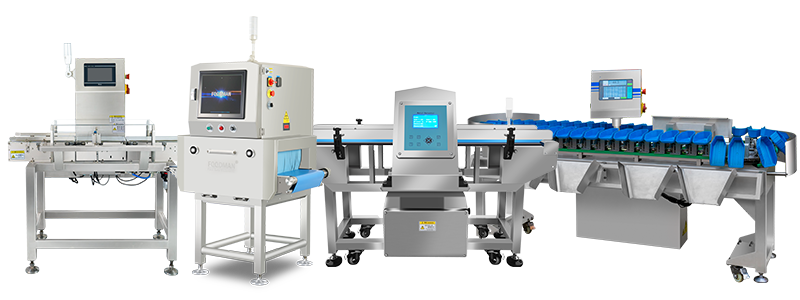Introduction
Fish processing is no easy task. From catching to packaging, ensuring quality, uniformity, and safety requires precision. Traditional manual sorting is slow, error-prone, and labor-intensive. That’s where weight graders, vision sorting machines, and optical sorting technology come into play, transforming the way the industry handles fish.
Whether you’re processing salmon, tilapia, or any seafood, modern automation solutions are a game-changer. Let’s dive into how these tools streamline operations, improve quality, and maximize efficiency.
Understanding Fish Sorting and Grading
Sorting and grading fish isn’t just about aesthetics—it’s about product quality, food safety, and profitability. Every fish processor knows that inconsistent sizes or damaged fish can lead to unhappy customers, wasted product, and regulatory issues.
Sorting fish accurately ensures:
Uniform packaging
Reduced waste
Compliance with food safety standards
Manual sorting simply cannot match the speed or accuracy of automated systems. That’s why the industry is increasingly adopting machine sorting, combining precision tools like weight graders with advanced optical sorting technology.
By automating the sorting of fish, companies can handle higher volumes without compromising quality. The right sorting equipment not only saves labor costs but also ensures every product meets consistent standards.
The Role of Weight Graders in Fish Processing
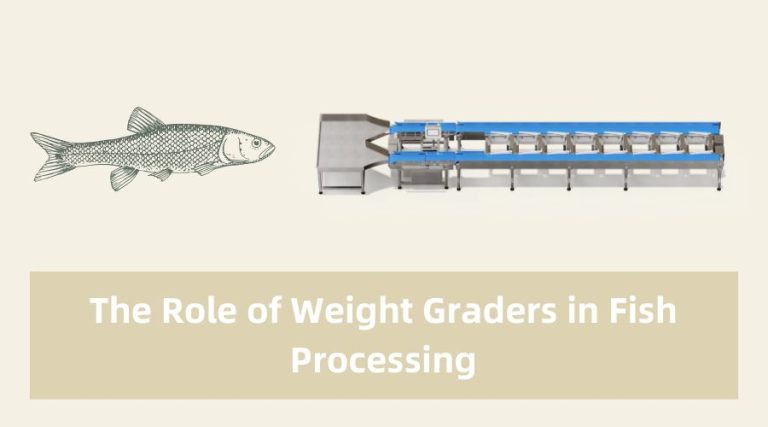
A fish weight grader, or simply speaking – the fish weight-sorter, is a smart scale that sorts fish by their weight. But it’s not just a scale. Today’s weight graders are part of sophisticated sorting lines, and are often paired with vision sorters to ensure size — as well as quality – meets industry guidelines.
Picture a conveyor belt heaped with freshly caught fish. As they travel down, an automatic weight grader inspects each fish. Then the system diverts the fish into one of three categories — small, medium and large — with pinpoint accuracy. No guesswork, no human error, just consistent, efficient sorting and grading of fish.
Modern weight graders are often integrated with vision sorting machines, creating a seamless workflow. As fish move along the conveyor, the grader categorizes them by weight, while the vision system simultaneously inspects quality.
The combination of weight grading and machine sorting ensures that every fish leaving the production line meets high-quality standards, reducing customer complaints and waste.
How Weight Graders Improve Fish Sorting?
Let’s get a bit more practical. Consider a mid-sized fish processing facility that packages 10,000 fish a day. Manual sorting of fish is slow and prone to errors. Workers can get tired, distracted, or overwhelmed, which leads to inconsistencies. By installing a weight grader, the facility can process the same number of fish in half the time, with near-perfect accuracy.
And it’s not just about speed. Weight graders reduce waste. How?
How Does a Weight Grader Work?
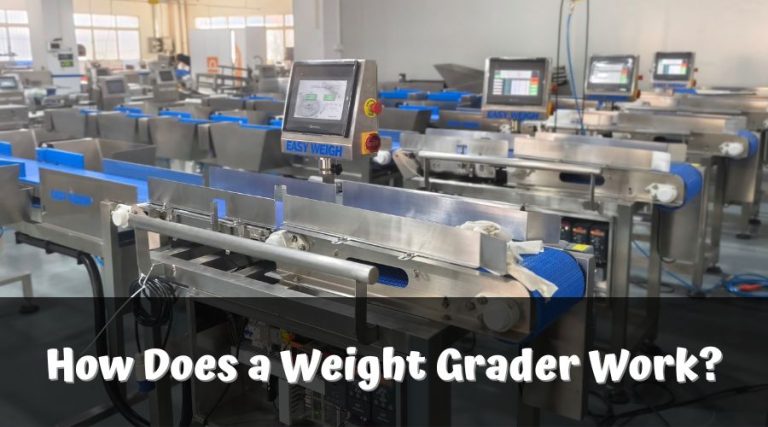
If you’re thinking, “Okay, it sorts fish… but how?” here’s a simplified explanation.
A weight grader typically works in three steps:
Weighing: Fish move along a conveyor and pass over highly accurate scales. The machine instantly measures the weight of each fish.
Sorting: Based on pre-set weight ranges, the weight grader directs each fish to a specific channel or bin.
Collection: Sorted fish are collected into bins, ready for packaging or further processing.
It’s like having a super-fast, super-smart human sorter who never makes mistakes and never gets tired.
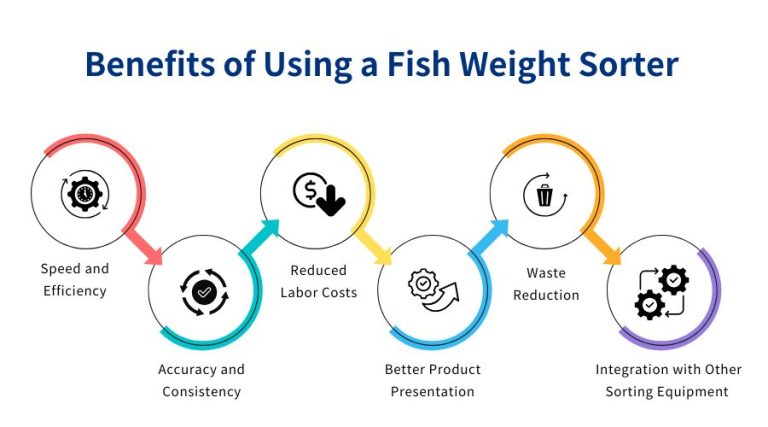
1. Speed and Efficiency
Manual sorting is slow. A single worker can only process so many fish per hour. A weight grader, on the other hand, can handle hundreds or even thousands of fish in the same timeframe. Faster sorting of fish means higher throughput and less backlog.
2. Accuracy and Consistency
Humans can misjudge sizes, especially after hours of repetitive work. A fish weight sorter ensures every fish is sorted consistently according to weight categories. This precision is crucial for meeting customer expectations.
3. Reduced Labor Costs
By automating the sorting and grading of fish, facilities can reduce the need for extensive manual labor. Workers are freed up for other tasks, like quality control or packaging.
4. Better Product Presentation
Consumers notice consistency. A package of salmon fillets that are uniform in size and weight looks more appealing on the shelf. With a weight grader, processors ensure that every product meets visual and weight standards.
5. Waste Reduction
Proper sorting minimizes errors that lead to rejected products. Overweight or underweight fish can be redirected appropriately, reducing losses.
6. Integration with Other Sorting Equipment
Many weight graders can work alongside vision sorting machines or optical sorting machines. This combination allows processors to check not only the weight but also the quality and appearance of the fish. For example, a fish that is the right weight but has visual defects can be automatically removed.
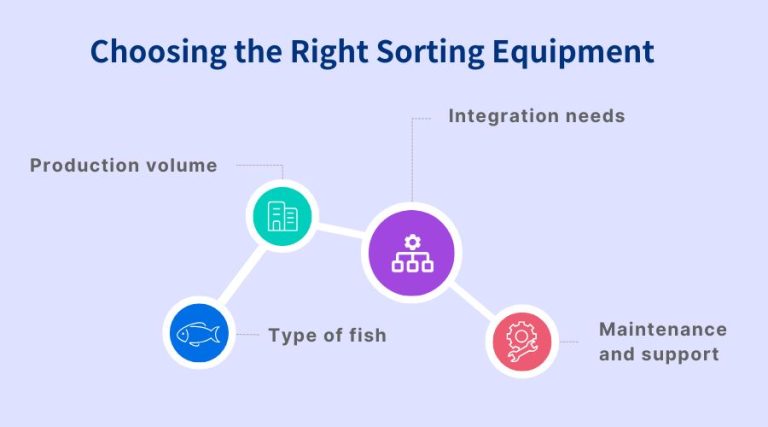
Selecting the right sorting equipment is crucial. Not all machines are created equal, and the choice depends on several factors:
Type of fish – Size, shape, and texture affect sorting capabilities.
Production volume – High-speed lines require faster and more robust machines.
Integration needs – Systems should integrate with existing production lines, including weight graders and packaging equipment.
Maintenance and support – Choose reliable brands with strong customer support.
The best vision sorting machines and optical sorting technology can handle multiple types of fish while ensuring precise sorting. Partnering with reputable optical sorting machine manufacturers guarantees durability, accuracy, and long-term ROI.
Cost-Benefit Analysis of Implementing a Sorting Machine
Investing in machine sorting may seem significant initially, but the benefits far outweigh the costs. Consider the following:
Labor savings – Automation reduces the need for manual sorting staff.
Waste reduction – Less human error means fewer rejected products.
Higher throughput – Faster processing increases overall output.
Improved quality – Consistently high-quality products enhance brand reputation.
A small to mid-sized processing facility can often recoup the investment in sorting machines and weight graders within a few years, thanks to increased efficiency and reduced waste.
Conclusion
From weight graders to vision sorting machines, automated sorting is no longer optional—it’s essential. Fish processors benefit from:
- Faster production
- Accurate sorting and grading of fish
- Reduced labor costs
- Consistent product quality
Investing in optical sorting technology ensures that your processing facility stays competitive, minimizes waste, and delivers high-quality fish to the market.
Ready to upgrade your fish processing line? Explore Easyweigh’s vision sorting machines, weight graders, and optical sorting equipment for a smarter, more efficient future.
FAQs
1. Are sorting machines worth the investment for small or mid-sized seafood plants?
Yes. Small processors benefit from:
Reduced labor costs
More consistent grading
Higher product value from accurate sorting
Less product waste
Easyweigh sorting machine manufacturers offer flexible models suitable for small to large production lines.
What’s the difference between weight grading and optical sorting?
| Feature | Weight Grader | Vision / Optical Sorting Machine |
|---|---|---|
| Main Function | Sorts fish by weight | Sorts by appearance & quality |
| Technology | Load cells | Cameras + AI sensors |
| Purpose | Uniform size batches | Quality + defect detection |
| Best For | Commercial packaging | High-profit quality selection |
Combined, they provide the most accurate sorting and grading of fish.
What types of fish can be sorted with optical sorting machines?
Optical sorting machines and weight graders can sort a wide range of fish, including:
Salmon
Tilapia
Tuna
Cod
Catfish
Mackerel
Shrimp and other seafood

